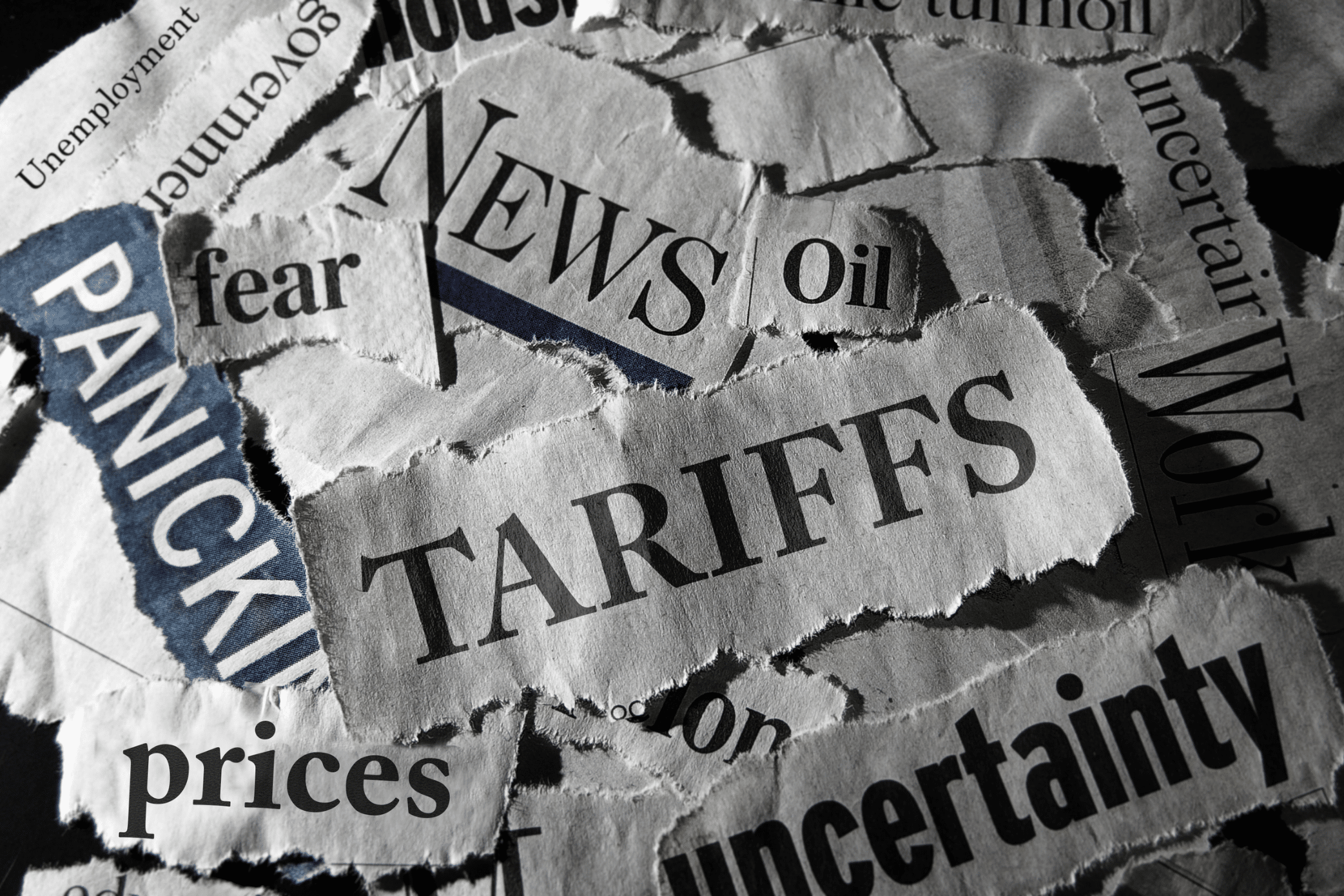“The single greatest constant of history is that everything changes.” – Yuval Hoah Harari, Homo Deus
Think about all the different ways the workplace has changed over the past few years. What specific changes have you gone through? Personal, familial, in your teams or your communities?
All of these changes, and the internal process of dealing with them, affect us in different ways. Some changes are ‘shocks’, immediate and unexpected. Others are evolutionary, incremental and occasionally hard to notice. Some are strategic, planned and executed.
From small-scale changes like office moves, staff changes and taxation rates, to global crises and technological innovation, leaders are facing complex challenges that demand more than traditional management skills.
Leaders Should Understand People, Not Just Processes
To navigate uncertainty effectively, leadership development must equip individuals not only with strategies but with a deep understanding of how people experience change. Our emphasis at Crisp is on the personal, behavioural and psychological aspects of change.
Too often, change initiatives fail not because the vision is flawed, but because leaders underestimate the human side of transition. Change is external, whether it be new policies, systems, or structures, but transition is internal. It’s the personal journey people take in letting go of the old, navigating the unknown, and embracing the new. Leaders who can support their teams through this journey are far more likely to sustain momentum and build lasting trust.
Change is often associated with the notion of perceived loss, which can parallel the process of bereavement. We use the William Bridges Transitions Model and the curve popularised by Fischer (which utilised Kubler-Ross’s work) to help people understand this process of transition. We talk about mindset. Helping people to develop their adaptability, resilience and appreciation; to help overcome resistance and move forward.
Leadership Development Tools for the Next-Gen Era
We also find that the VUCA model, an acronym that stands for Volatility, Uncertainty, Complexity, and Ambiguity, can help leaders and managers navigate challenging times.
Volatility – Refers to the speed and unpredictability of change.
Uncertainty – Highlights the lack of predictability and clarity about the future.
Complexity – Denotes the interconnection of multiple factors and systems that affect decisions.
Ambiguity – Highlights the lack of predictability and clarity about the future.
This enables leaders and managers to take a step back, pause, and view the situation through these four lenses. Great leadership isn’t about having all the answers, far from it. It’s about being equipped to lead others through uncertainty, confidently, compassionately, and with the courage to evolve and say, “I don’t know. But let’s approach the future together.”
A strong sense of purpose, a core ‘why’, can be the compass by which we navigate this uncertain world.
Challenging the Stigma Around Leadership Development
Despite its proven value, leadership development can sometimes carry a cloud of misconception. Too often, it’s seen as something remedial, a fix for what’s broken, or a box to tick once you’ve “made it” into a management role. There’s a lingering stigma that if you’re being asked to develop as a leader, it must mean you’re not doing well enough. In truth, nothing could be further from reality.
The Best Leaders are the Ones Who Know they are Always Learning.
Today, where demands, expectations and technologies shift constantly, standing still means falling behind. Leadership isn’t a static skillset, it’s dynamic, relational, and deeply human. Great leaders invest in development not because they’re lacking, but because they’re committed. To their people, to growth, and to showing up with clarity and confidence even in uncertainty.
Leadership development is not about fixing flaws, it’s about sharpening strengths, gaining new tools, and building the mindset to lead with adaptability and authenticity. Like any profession or craft, it requires continual refinement.
At Crisp, we believe that the decision to invest in your own leadership growth is one of strength, not weakness. It’s a commitment to staying relevant, connected, and effective in a world that refuses to sit still.
Take the Next Step in Your Development
If you or your team are navigating change, facing new challenges, or simply ready to sharpen your leadership edge, we’re here to support you. At Crisp, our leadership development programmes are designed to be practical, human, and grounded in real-world experience.
Whether you’re exploring options or ready to take the next step, let’s start a conversation. Together, we can build the kind of leadership that not only survives uncertainty but grows through it.
